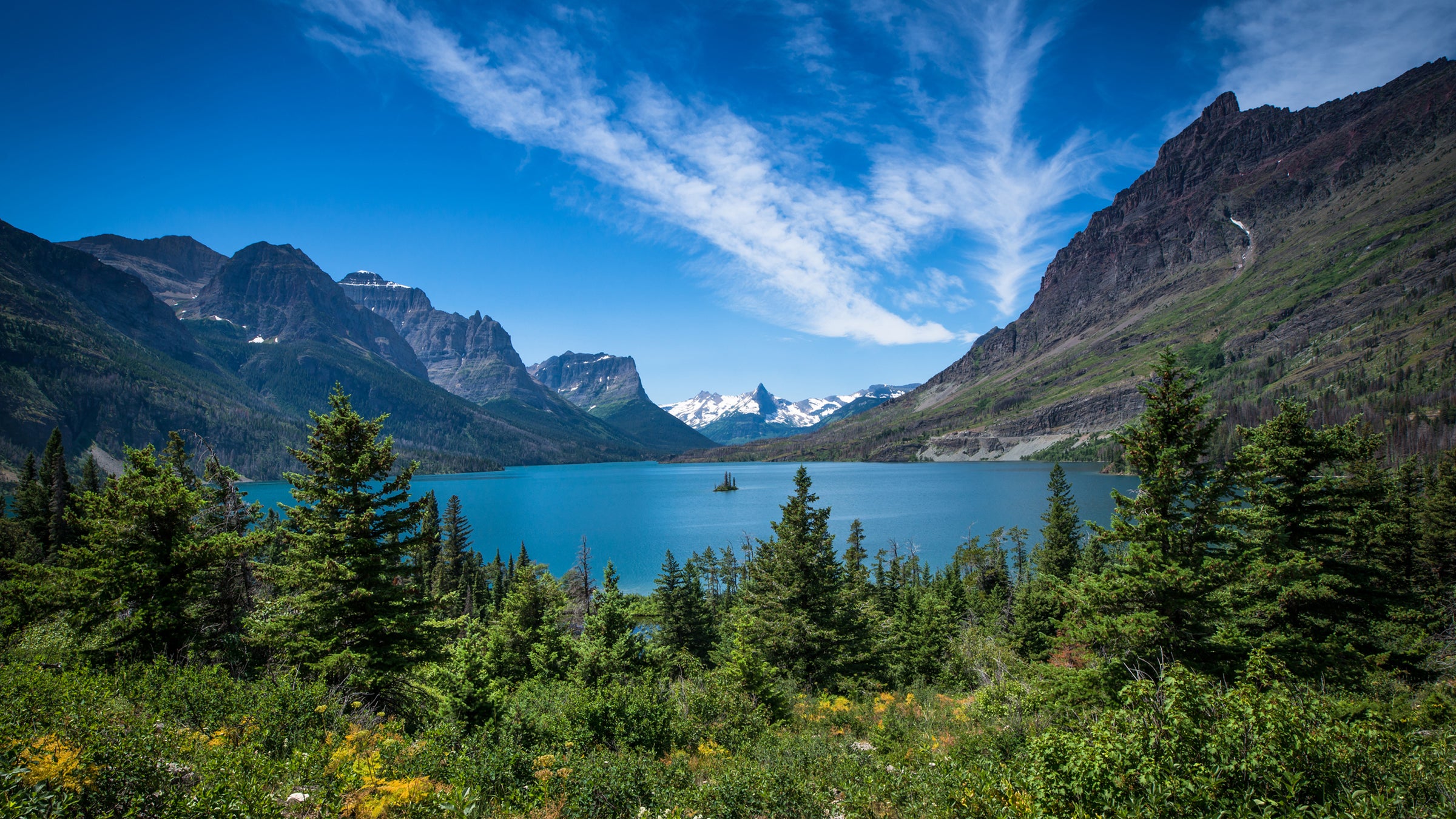What will 2022 bring to the National Park System? There are plenty of unknowns, but there are some “knowns,” as well.
Crowding In The Parks
If you’ve been to Zion National Park, Arches National Park, Yellowstone National Park, Grand Canyon National Park, Acadia National Park, Rocky Mountain National Park, or Yosemite National Park, just to name seven parks, in the summer, you know there are crowding problems.
Parks are beginning to respond to those crowds with strategies to manage them. Rocky Mountain, Yosemite, and Acadia national parks resorted last summer to reservation systems to manage crowding, and Rocky and Acadia will continue with them in 2022. Arches National Park is going to try that approach in the spring, and Glacier National Park is going to continue with a ticketing system for visitors wanting to travel the Going to the Sun Road and visit the North Fork area of the park.
Zion isn’t restricting visitation to the park, but will require permits if you want to hike to the top of Angels Landing. You’ll have to pay $6 to enter a lottery to land a permit, too, and successful permit holders will then pay a $3 per person fee.
Will these plans reduce congestion and crowding in the parks? Will other parks adopt similar reservation plans? Truck Camping Life will continue to monitor these efforts.
Climate Change In The Parks
As the climate continues to go through contortions, it will continue to impact national park units. The drought in the Colorado River basin has been ongoing since 2000, and while the start to the winter of 2021-22 has brought heavy snows to parts of the basin, there’s still no end in sight to the drought.
At Glen Canyon National Recreation Area in Utah and Arizona, consultants are working with park staff to determine how boat ramps can be extended to safely allow motorized watercraft (including houseboats) to launch into Lake Powell.
How is sea level rise impacting parks? Will there be more hurricanes battering the Eastern Seaboard? Will there be more wildfires in the West? These are just some of the stories we’ll be watching.
National Park Service Director Chuck Sams
For the first time since Jonathan Jarvis retired in January 2017 at the end of the Obama administration, the National Park Service has a Senate-confirmed director in Chuck Sams. And he has a lot of work to do.
Along with seeing that billions of dollars in Great American Outdoors Act funding and infrastructure funding are well-spent, he wants to improve morale across his vast workforce. According to the 2020 Best Places to Work in the Federal Government survey, the Park Service ranks 353rd out of 411 agencies in terms of best agencies to work for. Only the Bureau of Indian Affairs ranks lower among Interior Department bureaus.
There no doubt are many reasons behind that low ranking — pay levels, housing, quality of life — but there have also been harassment issues the agency has struggled with.
The National Park Service Voices Report, launched in late 2017 with interviews with Park Service employees to uncover the extent of harassment across the agency, was completed two years later. Then-Interior Secretary Ryan Zinke called for the investigation after a survey showing that nearly 40 percent of the National Park Service workforce had been the victim of sexual harassment, intimidation, or discrimination.
While the Covid pandemic slowed service-wide distribution of the findings, according to Park Service chief spokesperson Jenny Anzelmo-Sarles, at Public Employees for Environmental Responsibility officials claimed the report was intentionally “buried” to the detriment of the Park Service’s workforce.
“The Park Service has turned a deaf ear to a cry for help from its own workforce,” said Rocky Mountain PEER Director Chandra Rosenthal in November. “It is unlikely that the deep internal dysfunction the report described has improved but may have gotten worse.”
Sams also wants to address the fore mentioned crowding problems by spreading visitation out across the park system to less-visited units through a public relations campaign, one that “is very inclusive to bring everyone into the parks so that they can enjoy these spaces.”




